If you want to make something cuter, just make it smaller. Miniature horses are like the dachshunds of the equine world, and they can be a great choice for families just getting into horses.
That said, they’re still a lot more complicated to own than a dog. Before bringing one home, here are a few facts to keep in mind.
Miniature Horses Are Not Ponies
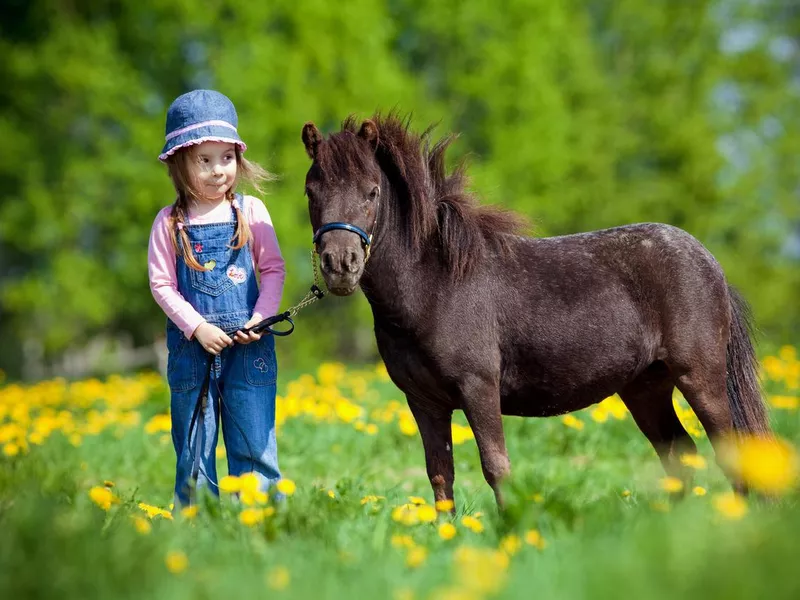
Alexia Khruscheva / Getty Images
Ponies, horses, what’s the difference? Ponies have a different build than horses. Some of them can be as small as miniature horses, but their structure will look a lot different. Ponies are heavily-built, with short, stocky legs and thick necks.
Miniature horses, on the other hand, have the same proportions as full-sized horses, only smaller. They’re like mini replicas of regular horses, whereas ponies have a distinct set of features all their own.
These Exiguous Equines Have Been Around for Centuries
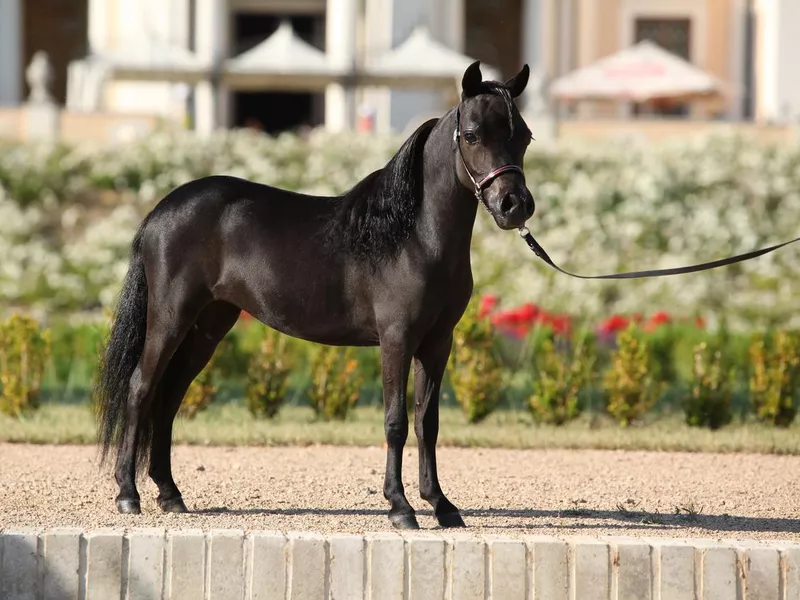
Zuzule / Getty Images
The miniature horse isn’t a modern-day invention. Mini horses were developed over several centuries, dating all the way back to Europe in the 1600s. They were prized for their ability to fit into smaller spaces than ordinary horses, proving themselves to be highly useful for work in mining.
They were also popular because of how adorable they were. Hundreds of years later, and their tiny lil’ legs still make us want to adopt 10 of them.
Unlike Horses, They’re Measured in Inches Instead of Hands
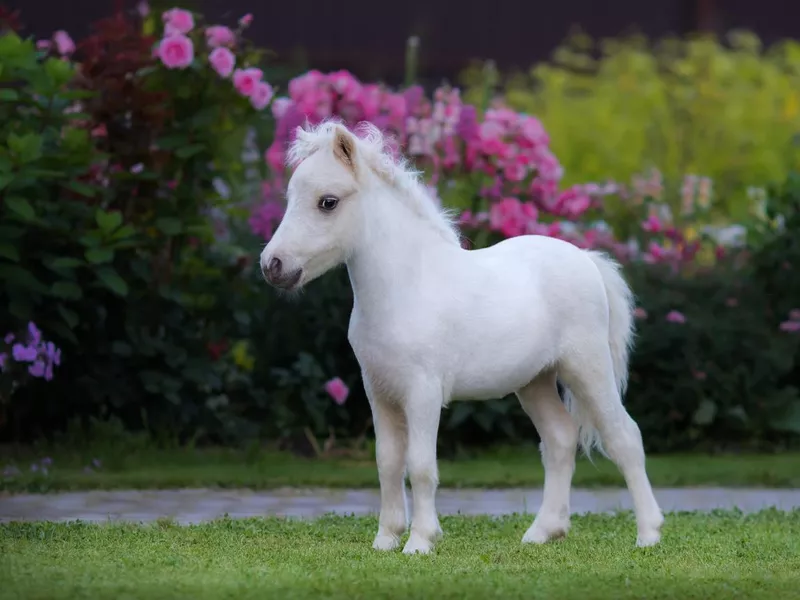
Abramova_Kseniya / Getty Images
Horses are usually measured in hands, with one hand equaling 4 inches. A horse measuring 17 hands is 5-feet-8 at the withers, which is the highest point of its shoulder.
Miniature horses, however, are measured in inches. To be considered a miniature horse, they should stay under 3-feet tall or technically 34 inches if you’re being strict about it. That’s smaller than the average kindergartener.
There Are Several Breeds of Miniature Horses
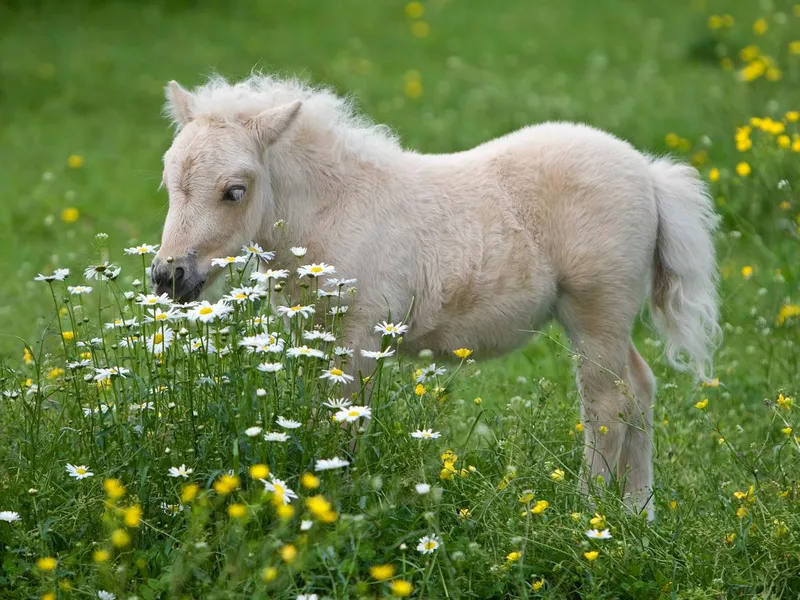
Andyworks / Getty Images
The American miniature horse is the most common breed of mini horse, but it’s not the only one. The Falabella horse was the first breed of miniature horse, originating in Argentina.
Falabella breeders take their work extremely seriously, so Falabellas usually have cleaner bloodlines and are more expensive. You can find them anywhere, but they’re harder to come by than American miniatures.
Getting a Mini Horse Doesn’t Have to Be Expensive

Michele Jackson / Getty Images
The cost of a miniature horse is the least of your worries. If you just want a cute companion, you can buy an adult miniature horse for just a few hundred dollars. If you’re looking for a purebred or show-quality animal, the prices are much higher.
Typically, they start around $1,000, with promising foals soaring into the tens of thousands of dollars. Even then, it’s the care of a miniature horse that gets really expensive.
Minis Are a Great Option for Horse Lovers Short on Space, but Care Costs Add Up
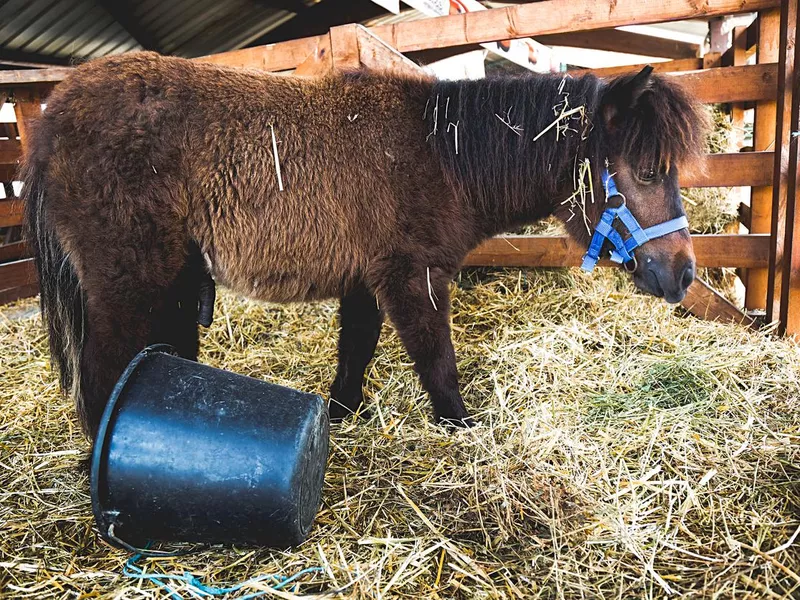
DejanKolar / Getty Images
Miniature horses are less expensive to keep than large ones, but a horse is a horse. Miniature horses have all the care requirements of larger horses, only on a smaller scale. They need:
- At least a quarter of an acre of space, preferably a half acre or more
- A sturdy fence to keep them in (and predators out)
- A barn
- Hay, grass and rolled oats, and lots of them
- Regular grooming
- A farrier to maintain their hooves
- Regular visits from the vet
If they’re kept on your own property, care costs are usually around $150 per month, depending on your location. If you have your miniature horse boarded instead, prices start at around $300 per month, depending on whether you handle their daily care yourself or not.
They’re Not as Mini as You Might Think
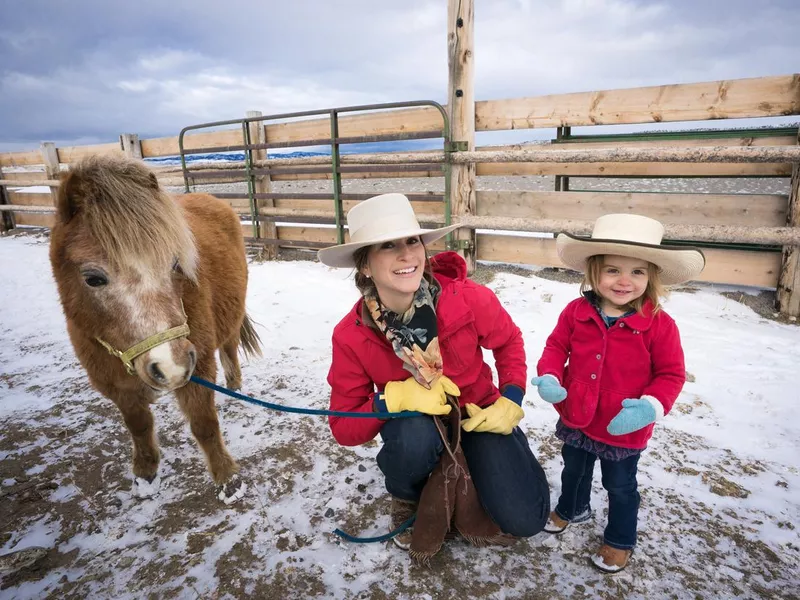
wanderluster / Getty Images
Miniature horses have a mixed heritage, so their size and appearance vary widely. They’re much smaller than standard horses, but they’re not pocket pets by any means.
Miniature horses weigh between 150 and 250 pounds when fully grown, so they’re still not the kind of pet you can toss in the trunk for a vet visit. Still, considering most horses weigh upwards of 800 pounds, miniature horses are lightweights.
Miniature Horses Come in Tons of Colors
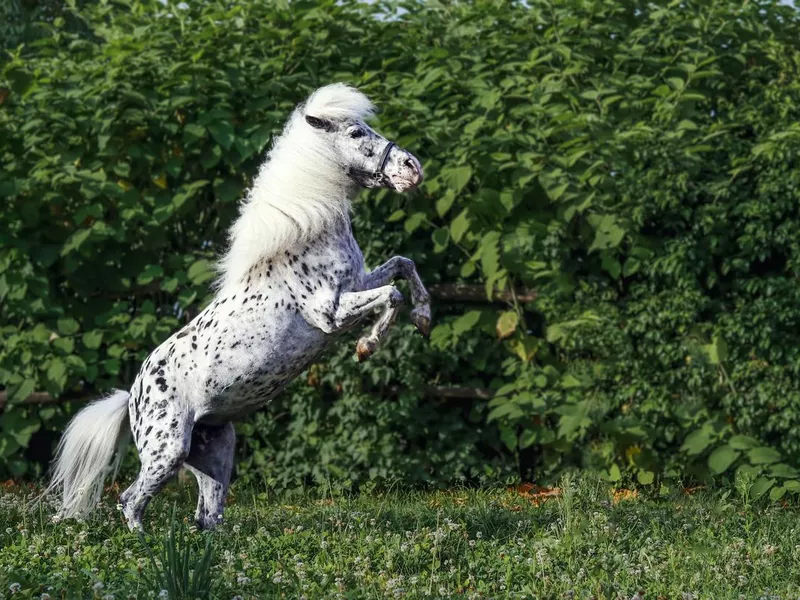
MV Photo / Getty Images
In addition to size variability, their mixed roots result in tons of color variations. Most horse breeds come in just a few colors, but that’s not the case for mini horses. They can come in almost any color, from solid black, chestnut, white and bay to striking, patterned variations. Think champagne, perlino, pinto and cremello.
There’s even a leopard-spotted version that resembles an appaloosa horse.
Mini Horses Have an Undeserved Reputation for Being Mean
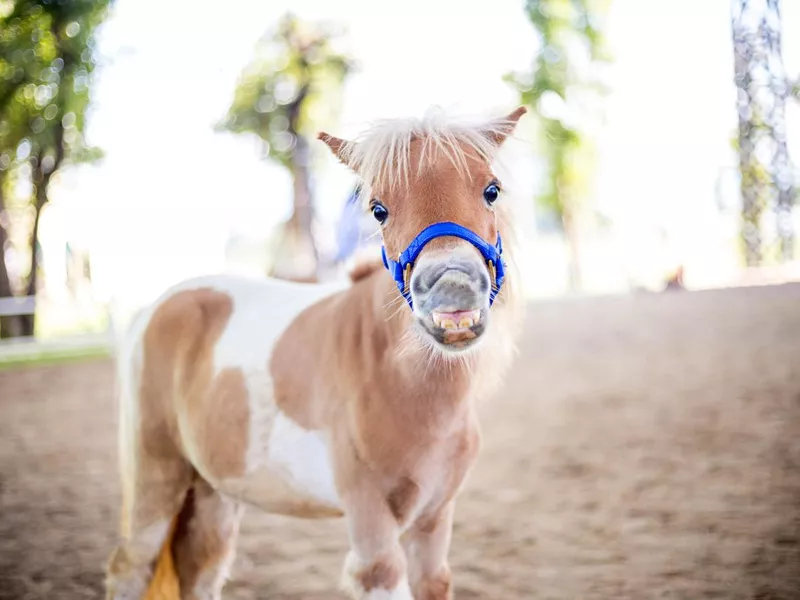
SomeSense / Getty Images
A rumor has been circulating that mini horses are unfriendly or snippy, but that’s far from the truth. Miniature horses are friendly, curious and gentle creatures that can be ideal companion pets for the right owners. They all have their own personalities, with some having more attitude or stubborn streaks than others, but their normal disposition is very sweet.
So, where did their bad reputation come from? Due to their small size, miniature horses are popular candidates for use in petting zoos and other animal attractions. Kids and people with minimal horse experience can startle them, pet them too roughly or simply feed them the wrong way. Doing so is a surefire way to get nipped or kicked, leading to the impression that mini horses are aggressive. They’re not. As long as you respect a mini horse and treat them with kindness, they’ll return the favor.
They Play Well With Others

Eudyptula / Getty Images
If you have other pets, especially dogs or other horses, your mini horse will be thrilled. Miniature horses are very social, and they’re excellent companions for other livestock. Goats and sheep can even adopt mini horses as one of their own.
Cats and dogs that grow up with mini horses can form life-long friendships. As long as introductions are done gradually, mini horses adapt well to sharing a pasture with almost anyone.
Some Even Become Therapy Horses

shironosov / Getty Images
Miniature horses are so sweet that they’re used in numerous therapy settings. Their small size means they’re less intimidating for small kids, and they’re the perfect size for people in wheelchairs to feed and brush.
They’re often included in animal-assisted therapy projects for kids with disabilities, and some organizations even take them to senior centers or hospitals to cheer up the residents.
Or Even Train to Become Service Animals
When you think of a service animal, dogs are likely the first animal that comes to mind. Miniature horses can also be service animals, however. Some mini horses are trained to help visually impaired people get around independently. They’re an excellent choice for anyone who’s afraid of dogs or a kid who’s crazy about horses.
Their long lifespans are another major perk. They’re more complicated to keep than a dog, but they’re amazing service animals for the right person. There’s an entire guide-horse website dedicated to their training if you’d like to learn more.
Participating in Sports With Your Miniature Horse Is Another Option

SkyF / Getty Images
Mini horses are too small for all but the tiniest of tots to ride, but that doesn’t mean they’re wimps. They can pull small carts or bigger carts in pairs, compete in horse shows and even learn agility tricks like a dog.
And look how fun the training process is!
They Live a Really, Really Long Time
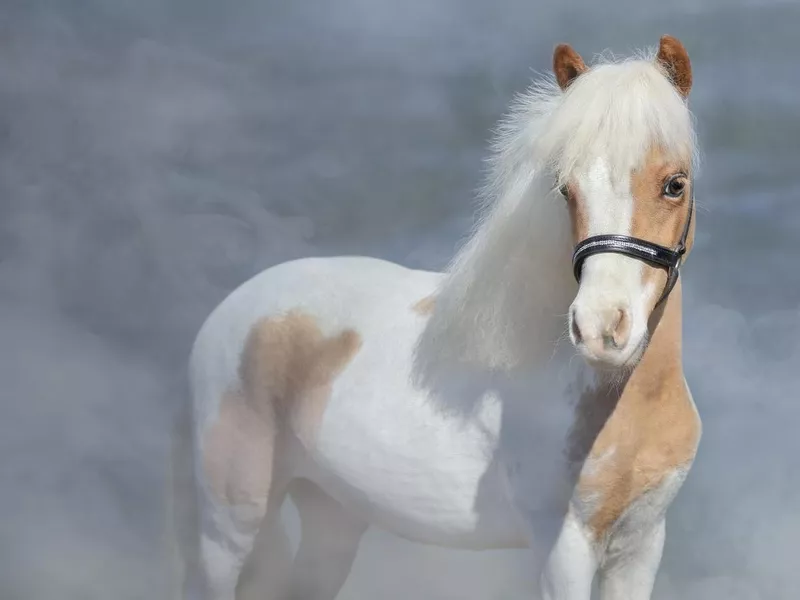
Abramova_Kseniya / Getty Images
Horses live a long time to begin with, averaging a lifespan of around 25 to 30 years. Miniature horses, however, can live much, much longer.
Some mini horses have lived for nearly 50 years. Adopt one in your 30s, and you could have a companion practically for life.
Miniature Horses Like to Play
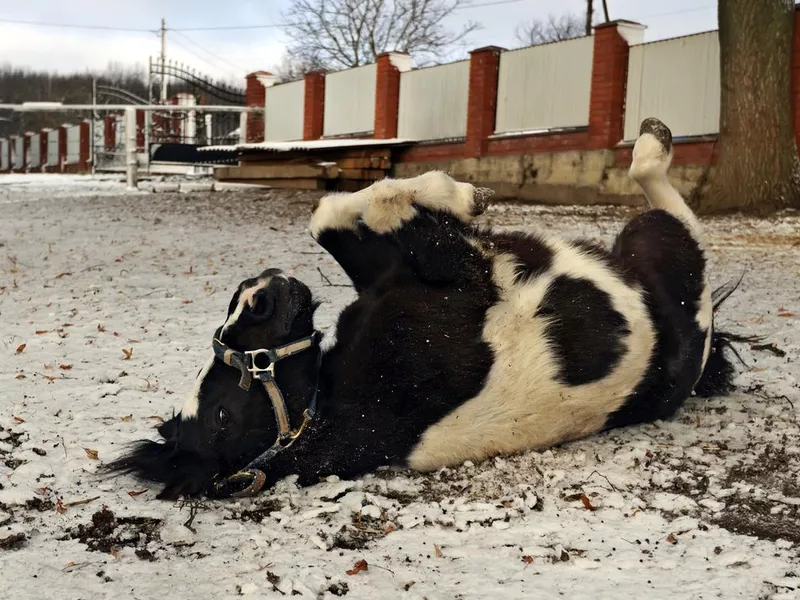
Kyslynskyy / Getty Images
When they’re foals, anyway. Baby miniature horses spend lots of time chasing each other and playing with any toys their owners offer. Large bouncy balls are often a favorite.
They become less playful as they grow up, but adult miniature horses will still gladly bob for apples with you.
Miniature Horses Are Prone to Becoming Overweight
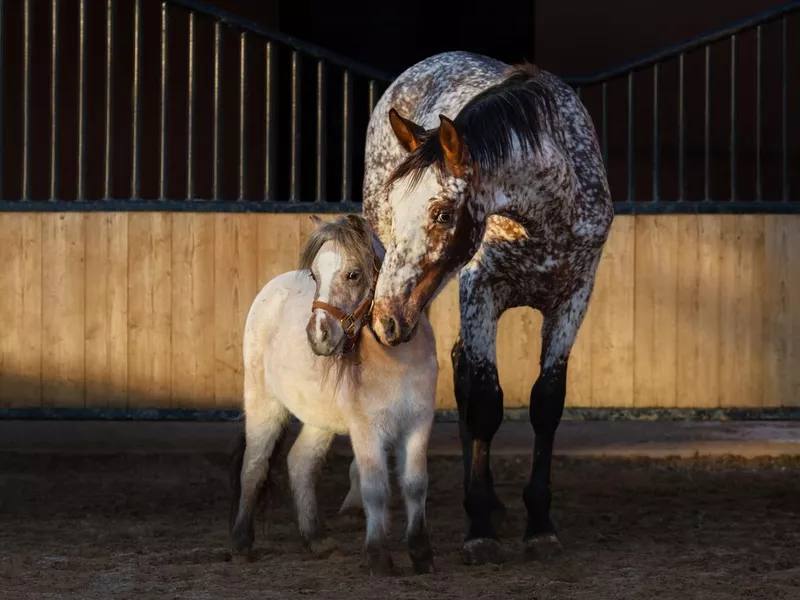
Abramova_Kseniya / Getty Images
Miniature horses don’t need to eat nearly as much as larger horse breeds. It’s not just because of their size, either. They evolved from the Shetland Islands, which are known for having sparse vegetation. They adapted to metabolize food highly efficiently.
In the wild, this allowed them to survive, but in captivity, it’s easy for mini horses to become overweight or obese. They should never be given people food, and some even need special muzzles to make them eat more slowly, keeping their weight in check.
Just Like Dogs, Mini Horses Need Regular Vet Care
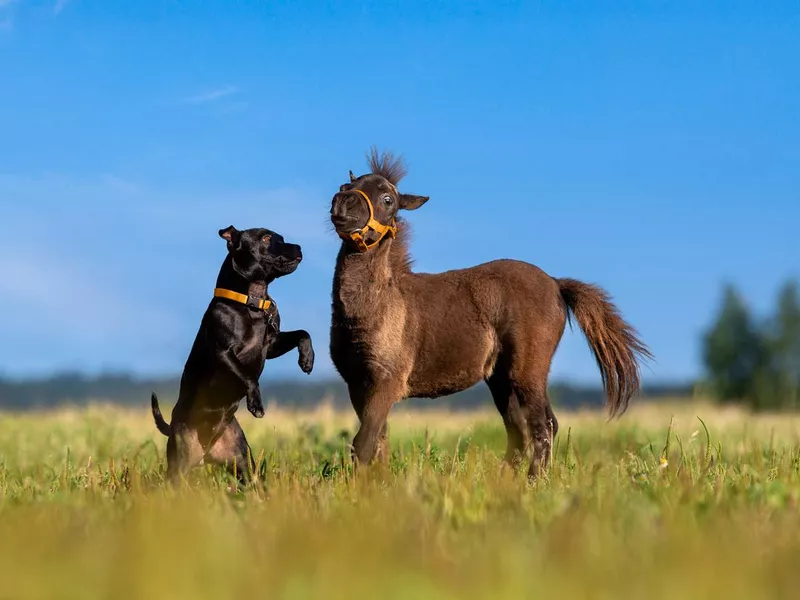
Alexia Khruscheva / Getty Images
Actually, they need more veterinary attention than most dogs. In addition to annual immunizations, they need to take a bi-monthly dewormer medication to keep them free from parasites.
They also need their hooves trimmed every six to eight weeks.
Miniature Horses Need Daily Grooming
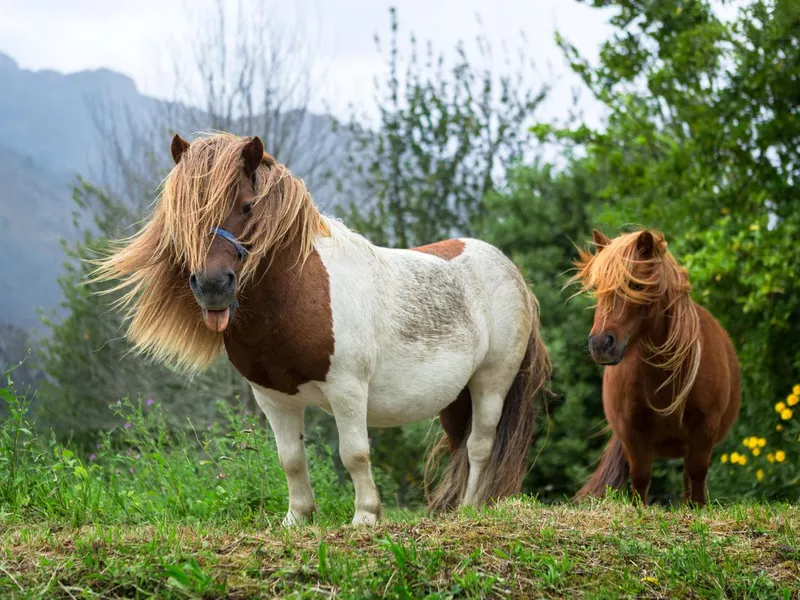
Rigel / Getty Images
Their routine includes getting their entire coat brushed to remove dust and debris, a thorough combing of their mane and tail, and the removal of pebbles and mud from their hooves.
Occasionally, they also appreciate a more thorough bath using gentle soap and water.
Think a 9-Month Pregnancy Is Rough? Miniature Horses Are Pregnant for 11 Months
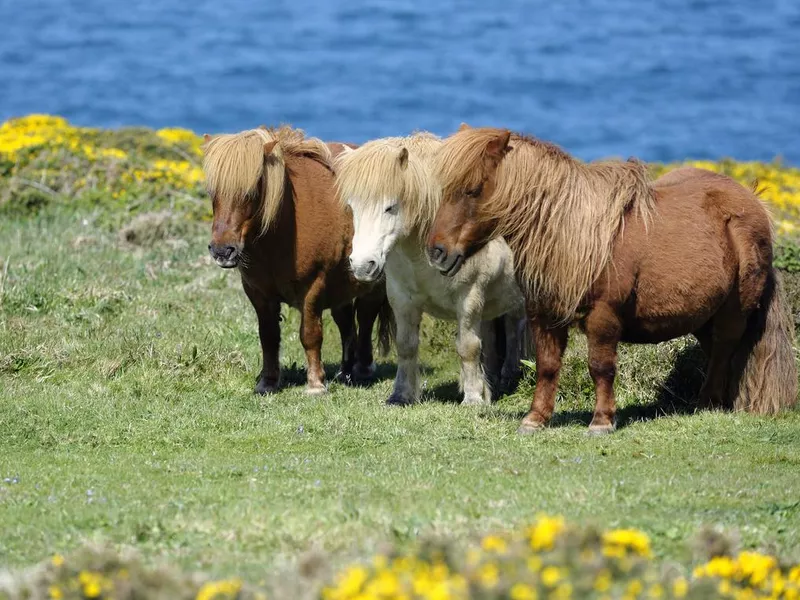
Getty Images
Mares can mate at any time of year, but foals are most commonly born in spring. Gestation varies between 10 and 12 months.
Just like premature babies, foals born early tend to be smaller than those born on time. They usually catch up to their peers after a few months, however.
Mares Are Usually Ready to Foal When They’re Around Four or Five

passion4nature / Getty Images
Mini horses reach their adult height by the time they’re 3 or 4, and some max out when they’re only 2.
It’s possible for miniature horses to reproduce at a young age, but waiting until they’re 4 or 5 is safer and results in fewer complications with their pregnancy and birth.
Miniature Horses Have Miniature Foals

nigelb10 / Getty Images
When mini horses are born, they’re small enough to carry around like a puppy. On average, miniature horse foals weigh 20 pounds and range from 16 to 21 inches in height.
Unlike puppies, however, mini horses stand up on their own just a few minutes after birth. After a few hours, they can run around in the pasture all on their own, although they’ll return to their mother’s side to nurse.
Initially, Baby Miniature Horses Get Most of Their Nutrition From Milk

GoDogPhoto / Getty Images
Horses are mammals, so they drink milk from their mothers just like puppies, kittens and humans do.
They start nibbling on solid food like hay and grass just a few days after birth, however, and fully wean between the ages of 4 and 7 months.
Horse Hair Stylists Are a Thing
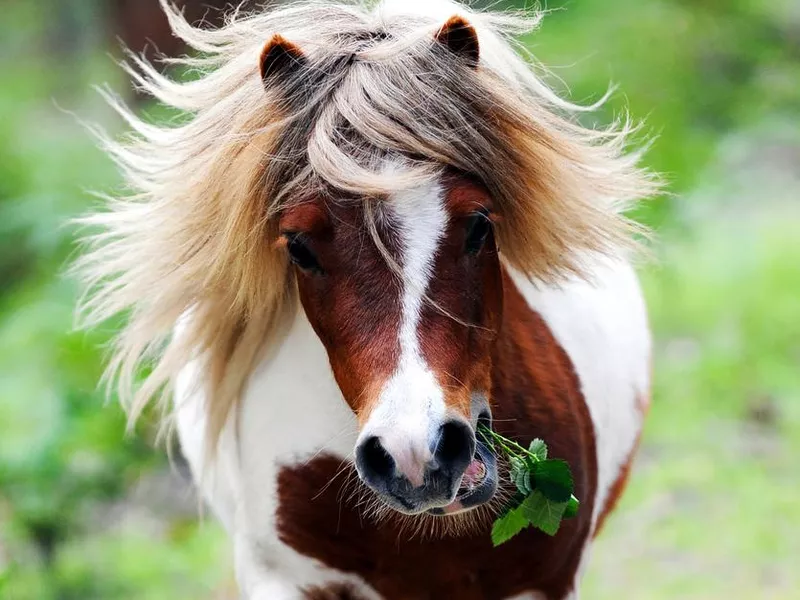
Andrew Bertuleit / Getty Images
Anyone who decides to show their miniature horse should consider treating them to a deluxe equine spa day.
Horse hair stylists clean, cut and style the manes and tails of show horses, and as you can see below, some of the styles would make Frozen’s Elsa jealous.
If You Let Them, Mini Horses Would Eat Breakfast Cereal
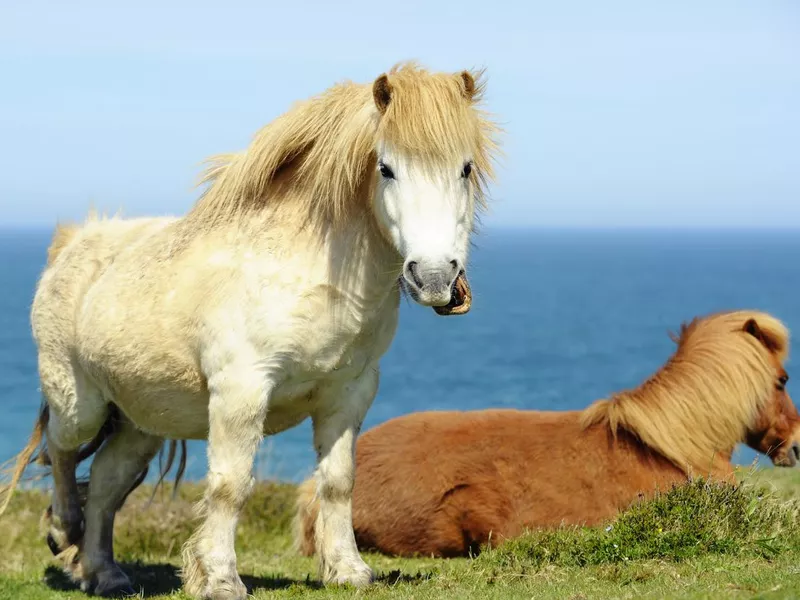
Getty Images
Plus candy, cookies and even soda. They’re basically kindergarteners with hooves.
Instead of giving them people treats, the occasional apple or carrot is much better for them. Compared to hay, grass and grains, however, these foods are still high in sugar and should be offered in moderation.
Some Miniature Horses Have More Instagram Followers Than You
No, we’re not kidding. Patrick the mini horse has a bio that sounds more appealing than most Tinder profiles. He’s 28, an Equine Ambassador, a registered therapy horse and a model for Breyer. He also has over 26,000 followers. Princess the mini horse has over 9,000, and her braids give Elsa a run for her money.
Can’t get enough of luscious manes and silky tails? Read more about horses on Always Pets: